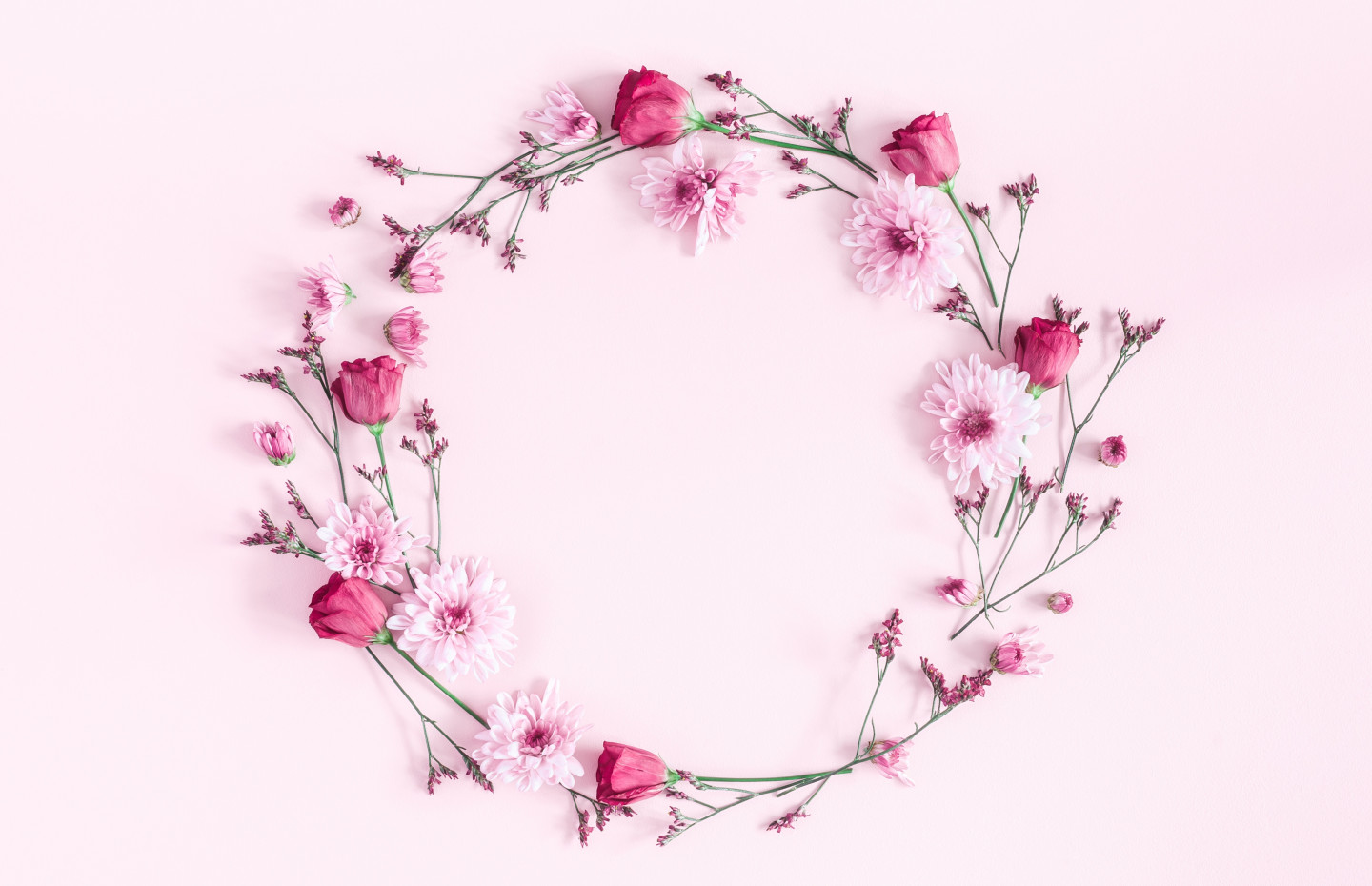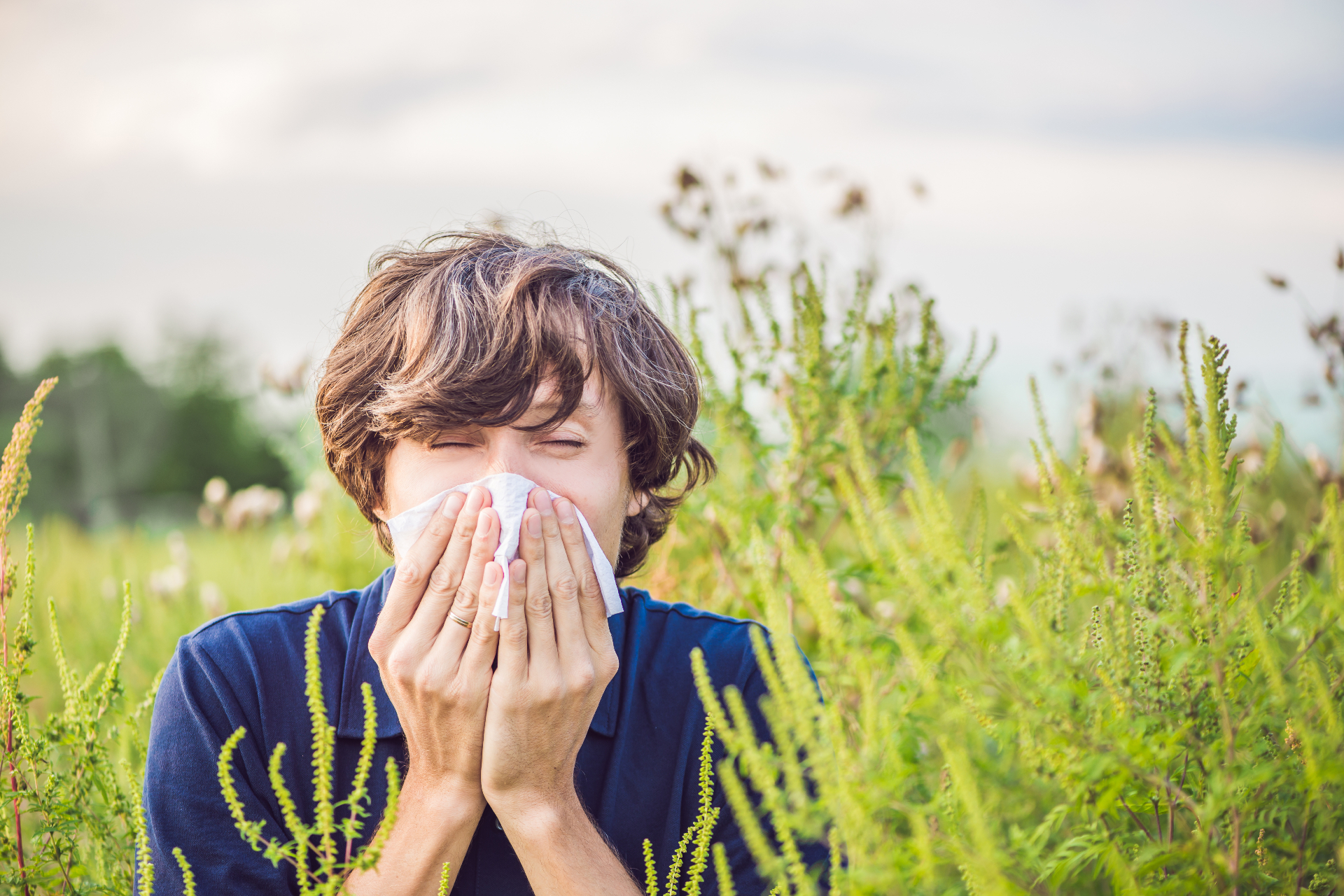
- What is this
- Symptoms of hay fever
- How to distinguish from ARVI
- When does it occur
- How to treat
- How to relieve symptoms
- Hay fever in children
- Answers on questions
What is hay fever
Hay fever, or flower allergy, is a seasonal disease that occurs due to increased sensitivity to plant pollen. The immune system perceives pollen as a dangerous substance and begins to produce antibodies to fight it – symptoms appear. The risk increases if you have other allergic diseases, such as atopic dermatitis. In addition, the predisposition to allergies is influenced by heredity and lifestyle: relatives with allergies, active or passive smoking in the house, large amounts of house dust.
Symptoms of allergy to flowers
Symptoms depend on the body’s response to the allergen, but the eyes and nose are most often affected. The most common sign of hay fever is itching, but there are others:
- redness and swelling of the eyes, watery eyes and a feeling of sand in the eyes;
- nasal congestion, runny nose and sneezing;
- ear pain, hoarseness and cough;
- headache and fatigue.
In severe cases, shortness of breath, heaviness in the chest and other symptoms of bronchial asthma may appear.
How to distinguish hay fever from ARVI
Hay fever begins immediately after encountering an allergen, the temperature rarely rises, and symptoms last for weeks while there is a lot of pollen in the air. Nasal discharge is constantly clear and liquid.
ARVI goes away after a few days, and the symptoms gradually decrease as the body begins to cope with the virus. After a few days, nasal discharge thickens and changes color.

When does hay fever occur?
Flower allergies develop when pollen from certain plants appears in the air. The time of appearance depends on the climate, ecology of the region, weather and other conditions.
Usually there are three main waves when hay fever manifests itself most clearly:
- March – April is the time for trees to bloom;
- May – June – cereals and meadow grasses bloom;
- August – wormwood, ragweed, quinoa, sunflower and corn bloom.
At an appointment, an allergist can determine the pattern between the appearance of symptoms and the flowering of certain plants. In addition, you can track flowering periods and pollen distribution intensity on special sites, such as Gismeteo.
How to treat flower allergies
Self-treatment of hay fever can lead to complications or worsen the condition, so first of all you need to consult a doctor. After a survey and examination, the allergist will make a diagnosis and help you choose a treatment regimen to reduce the manifestations of hay fever.
Most often, for hay fever, the following are prescribed:
- Antihistamines. Relieves allergy symptoms: relieves itching and swelling. Your doctor may prescribe tablets, syrup, eye drops, or nasal spray. The form of the drug will depend on the patient’s age, main symptoms and other features.
- Vasoconstrictor sprays and drops. They help relieve symptoms of nasal congestion, but should not be used without a doctor’s recommendation. Long-term use can lead to dependence on the active substance.
- Hormonal sprays. Recommended for congestion and severe runny nose. They only act in the nasal area, so they do not cause common side effects.
- Cromoglicic acid. It is most often prescribed to children, usually in the form of a nasal spray or eye drops.
- Allergen-specific immunotherapy (ASIT). This is a way to get rid of the cause of the allergy. The doctor determines the substance that causes the reaction and introduces it into the patient’s body, gradually increasing the dose. Treatment is carried out before the flowering period according to an individual scheme.
How to relieve the symptoms of hay fever
To reduce contact with the allergen and relieve symptoms, you need to:
- change clothes and wash the soles of shoes after returning from the street;
- take a shower, wash your face and rinse your nose with saline immediately upon arriving home;
- do not open windows during the flowering season, especially in windy and dry weather;
- use a vacuum cleaner with a pollen filter;
- regularly carry out wet cleaning;
- Wear a mask and thick sunglasses to prevent pollen from getting into your nose and eyes when outdoors.
During the flowering period, a diet sometimes helps if the products can act as cross allergens. You can add turmeric to your food – it can reduce swelling and itching.
You should not use folk remedies for allergies, especially herbal ones. The effectiveness of such treatment methods has not been proven, and they can cause an acute allergic reaction.

Hay fever in children
Children under three years of age rarely develop an allergy to flowering, but it is important to notice and reduce the manifestations of hay fever in time so that it does not develop into bronchial asthma or other complications, such as otitis media or sinusitis. In childhood, it can be difficult to make a correct diagnosis due to vague symptoms or frequent ARVI. But with a prolonged runny nose without fever, deterioration of sleep and itching, one can assume the allergic nature of the disease.
Answers to popular questions
Is preventing exposure to an allergen a good way to treat allergies?
This may help for one season, but this method will not work for a lifetime.
What can you do to relieve allergy symptoms? How to help yourself?
Leave the house less often, change clothes when you come from the street. Do not eat cross-reacting fruits and vegetables raw when they are in bloom. Carry out wet cleaning at home, install a filter that catches pollen.
Is there a need for special nutrition?
Depends on the allergen – whether it causes a cross-reaction. Therefore, special nutrition will help one patient, but not another, everything is individual.
Is it possible to outgrow an allergy?
This happens rarely; it is almost impossible to outgrow an allergy. But with age, manifestations may decrease or symptoms may change.
Is it possible to drink alcohol during the flowering period with hay fever?
Alcohol can be consumed, but it cross-reacts with antihistamines, meaning they enhance each other’s effects. Therefore, while taking medications, you can become seriously poisoned by alcohol or worsen the sedative effect of an antihistamine. Therefore, it is better to abstain from alcohol during treatment.
How long do symptoms usually last?
Symptoms last as long as the plant that caused the allergy blooms and disappear after this period ends.
Why can hay fever turn into asthma?
The surface cells of the airways have similar properties to the cells that produce mucus in the nose. They also react to the penetration of pollen – this can lead to the development of bronchial asthma with prolonged contact with the allergen without treatment.
How else can allergic reactions manifest themselves?
A child developed angioedema after eating an apple. But the tests did not show an allergy to the fruit, only to birch. Since apple and birch are cross-allergens, the apple increased the reaction to birch flowering and caused Quincke’s edema.
